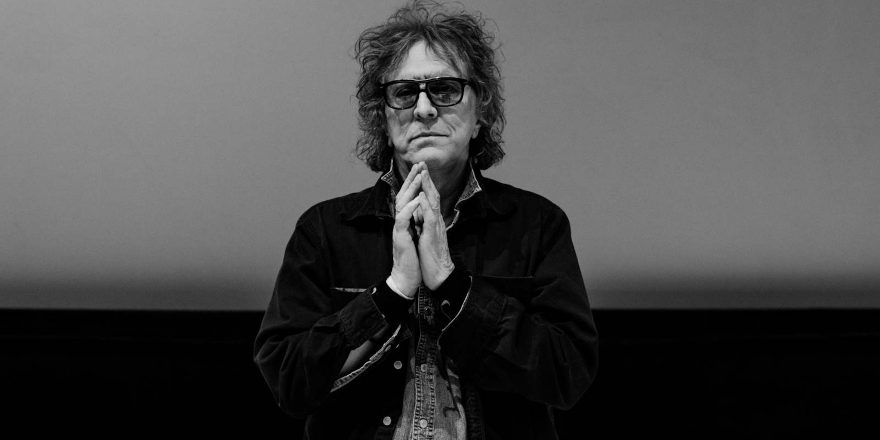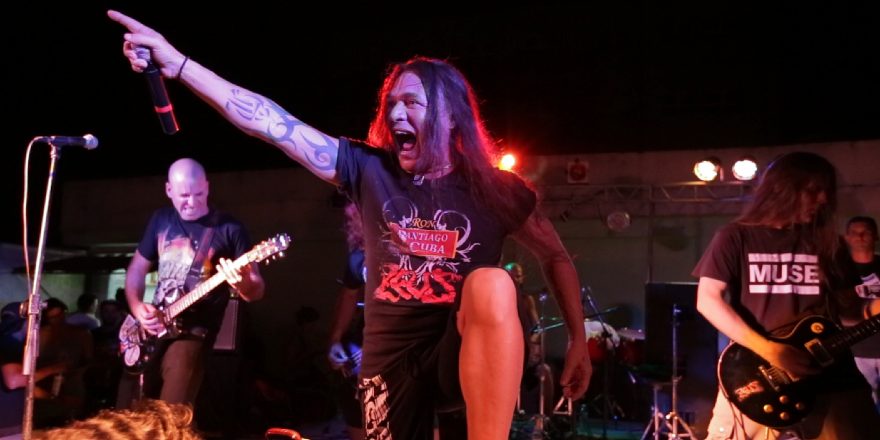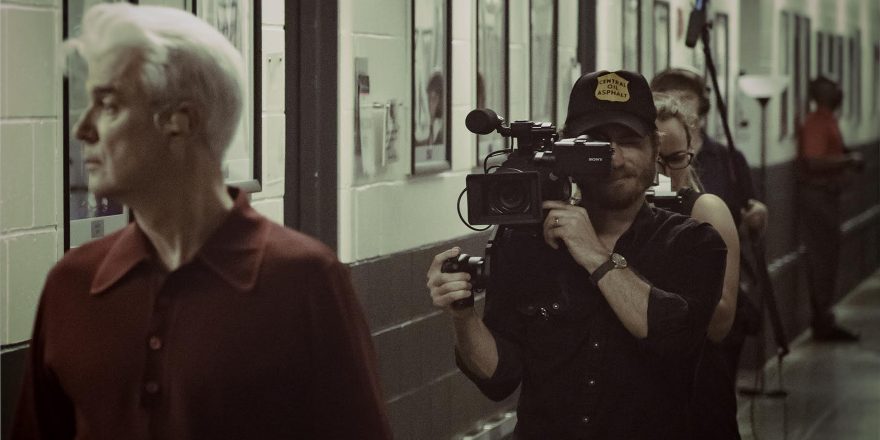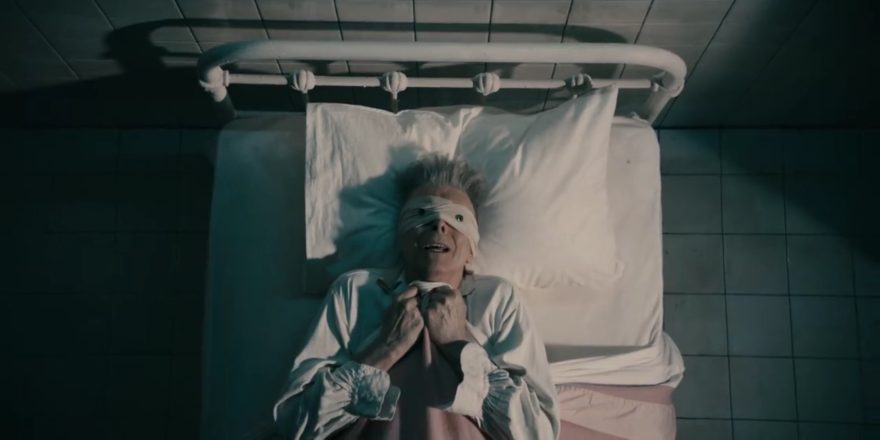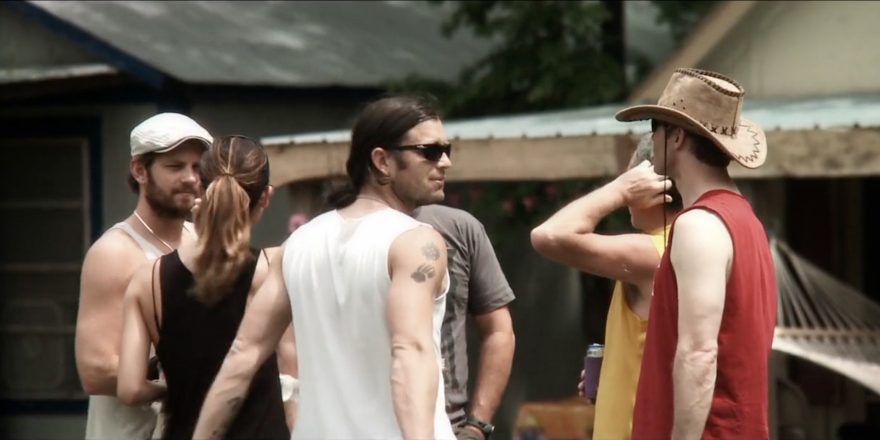Mick Rock captured and helped shape the look of rock & roll. He shot the most important high-fever suspects since Little Richard, too. When you think about the iconic images of Iggy, Lou and Bowie, it’s always Mick’s work. As a teen, I spent countless hours staring at Syd Barrett’s the cover of The Madcap Laughs, wondering how so much open space could be consumed by the psychological dissonance of its subject. Be it the Pharaoh-sorcerer Queen II or the silky-as-shit, come-hither shots of Freddie Mercury, Mick was able to draw the viewer into the onset of intoxication.
When it came to Bowie, Mick captured an alien invasion. Many of the images in The Rise of David Bowie, the book Mick was promoting with Music Video Night when we made our film, had been my teenage guiding principles. In the film, Mick said, “If you could upset a few people just by being, that was cool.” By the time I tried out eyeliner and nut-hugging silver pants to rip through live sets with my college band in dive bars across New York State, the glam thing was well worn. Paint by numbers. I learned quickly it’s not for everyone to pull off. But these images of “naughty boys,” as Mick called them, gave me a North Star, and Mick was the eagle eye that allowed for a boney kid from Rochester, New York, to connect with at least something leading somewhere years later.
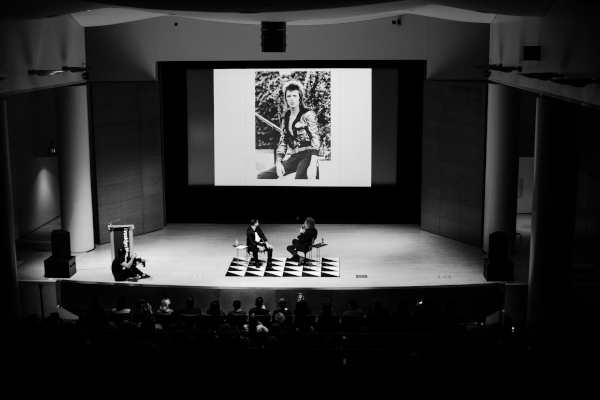
A few hours before he was expected at the Brooklyn Museum, we showed up at Mick’s house with a camera and a mic, and I sensed a sliver of apprehension. We had met 15 years ago at the Colombia Hotel when I was playing a string of U.K. shows with one of my former bands, the Cloud Room, but short of a few text threads over logistics for this shoot, Mick and I didn’t know one another at all. Despite this, he was patient, albeit with a dash of sass: “There’s nothing else to see here except my dirty laundry, and I don’t think you wanna look at that, David.” We snagged a few portraits of him in his living room, before piling into the car to make our way to the museum. After a few initial questions about Ozzy and Syd, Mick realized I knew his work and our conversation lifted off with ease.
Distilling a few hours of conversation with Mick Rock into a few minutes for David Bowie Is: An Evening with Mick Rock at the Brooklyn Museum was no easy feat. Not only did the man have an immense backlog of iconic work spanning decades to unpack, but he was generous and engaged. There was a lot not included in the final edit, from how Lou Reed was “really a nice Jewish boy from Long Island,” to Mick’s love for the color red.
However, one of the most profound moments of my conversation with Mick was included in the film. While crossing the Manhattan Bridge, discussing the morning he learned of Bowie’s death, Mick was musing on what it was like to see deceased friends appear in the media. “I loved a lot of these people. But at the same time, they’re still here. You know, it’s this strange thing, then they pop up on TV, in magazines … I do a lot of exhibitions, I do all these things, so they’re never really gone for me.”
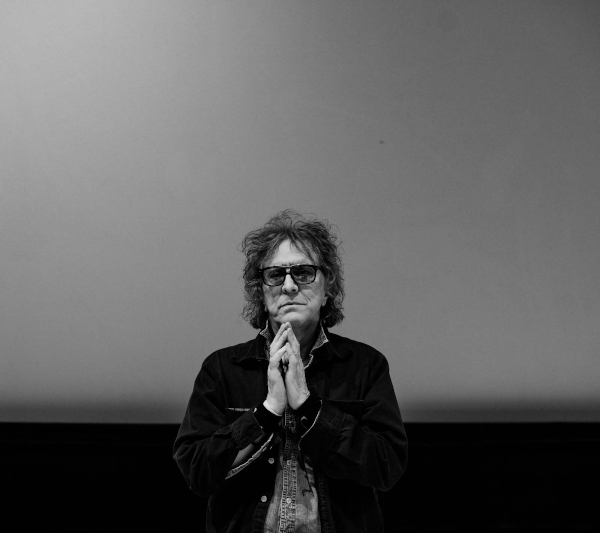
As long as kids keep shakin’ to that fine, fine music and learn about the well-out-there artists who made it, Mick will always be here. Mick was not just an incredibly talented photographer in the right place at the right time in music history, but he was a man who lived up to his assignment.
I didn’t know Mick Rock well, but I am forever grateful to have spent a day with him and made this short film. There are countless people who were close to Mick who have far more profound and personal things to say about the late photographer. My only hope is this that David Bowie Is, my 12-minute homage to him, gives the viewer some of what I got out of that experience: a glimpse into a special man who was, put simply, really fucking cool.


